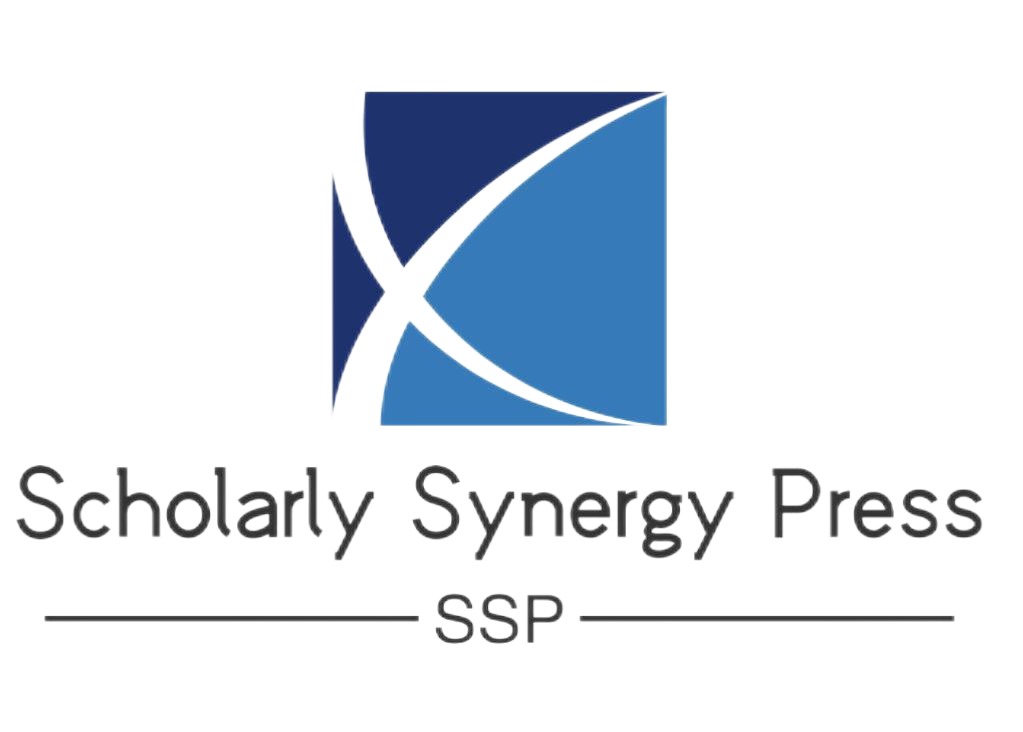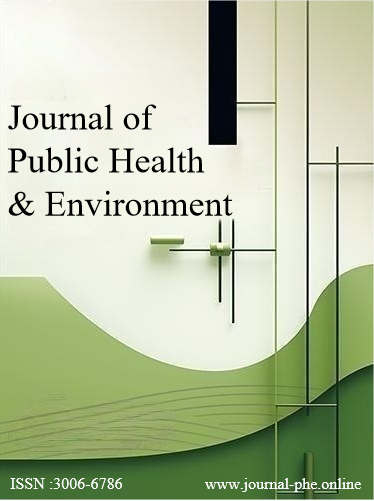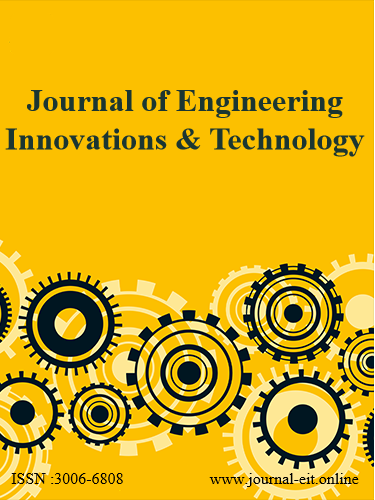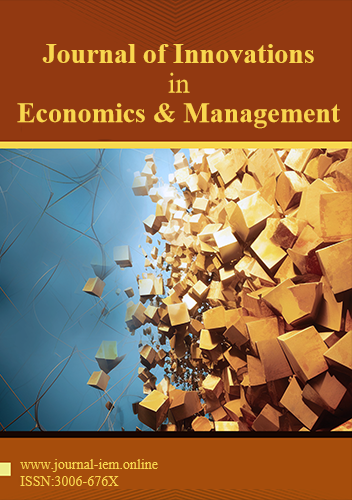 An open access journal
An open access journal
Study on the In Vivo and In Vitro Anticancer Activity of Gloydius Brevicaudus Venom Against Lung Cancer
Abstract
The objective of this study was to evaluate the anticancer effects of Gloydius brevicaudus venom (GBV), a natural bioactive substance, on lung cancer through in vivo and in vitro experiments, and to explore its mechanism of action. Methods included measuring the inhibition rate with the CCK-8 assay, detecting cell apoptosis via flow cytometry, and analyzing the expression of apoptosis-related proteins by Western blot. A nude mouse xenograft model was established, with intratumoral injection as the administration route, administered every two days. The therapeutic effect of GBV on the xenograft model was observed, and immunohistochemical analysis was performed to detect the expression of tumor proliferation marker Ki-67 in the nude mice. The results from in vitro experiments showed that GBV exhibited cytotoxicity against tumor cells and induced apoptosis. GBV significantly upregulated the expression of proteins Bax, Cleaved-Caspase-3, Cleaved-Caspase-8, and Cleaved-Caspase-9 (P<0.05), while downregulating the expression of protein Bcl-2 (P<0.05). In vivo results demonstrated that medium and high concentrations of GBV significantly inhibited the growth of A549 tumor xenografts in nude mice. Immunohistochemical analysis showed that GBV at medium and high concentrations significantly reduced the expression level of Ki-67 in vivo. In conclusion, GBV can inhibit proliferation and induce apoptosis in A549 cells in vitro through both the mitochondrial pathway and death receptor pathway. In vivo, GBV significantly inhibits the growth of A549 xenografts and regulates tumor cell cycle and proliferation.
Share and Cite
Article Metrics
References
- Chen P, Liu Y, Wen Y, Zhou C. Non-small cell lung cancer in China. Cancer Commun (Lond). 2022 Oct;42(10):937-970.
- Li Y, Yan B, He S. Advances and challenges in the treatment of lung cancer. Biomed Pharmacother. 2023 Dec 31;169:115891.
- Lv P, Man S, Xie L, Ma L, Gao W. Pathogenesis and therapeutic strategy in platinum resistance lung cancer. Biochim Biophys Acta Rev Cancer. 2021 Aug;1876(1):188577.
- WANG W, SUN Y, LI H, et al. Surgical modality for stage IA non-small cell lung cancer among the elderly: analysis of the Surveillance, Epidemiology, and End ResμLts database [J]. J Thorac Dis, 2020, 12(11): 6731-6742.
- Diniz-Sousa R, Caldeira CADS, Pereira SS, Da Silva SL, Fernandes PA, Teixeira LMC, ZμLiani JP, Soares AM. Therapeutic applications of snake venoms: An invaluable potential of new drug candidates. Int J Biol Macromol. 2023 May 31;238:124357.
- Guo X, Fu Y, Peng J, Fu Y, Dong S, Ding RB, Qi X, Bao J. Emerging anticancer potential and mechanisms of snake venom toxins: A review. Int J Biol Macromol. 2024 Jun;269(Pt 1):131990.
- Offor BC, Piater LA. Snake venom toxins: Potential anticancer therapeutics. J Appl Toxicol. 2024 May;44(5):666-685.
- Dong Degang, Wang Wanchun, Deng Zhongping. Research progress of snake venom: from deadly toxin to new drug development [J]. Chinese Journal of Pharmacy, 2020,55(09):2019-2026.DOI:10.16438/j.0513-4870.2020-0249.
- Pennington MW, Czerwinski A, Norton RS. Peptide therapeutics from venom: Current status and potential. Bioorg Med Chem. 2018 Jun 1;26(10):2738-2758.
- Messadi E. Snake Venom Components as Therapeutic Drugs in Ischemic Heart Disease. BiomolecμLes. 2023 Oct 18;13(10):1539.
- Urra FA, Araya-Maturana R. Putting the brakes on tumorigenesis with snake venom toxins: New molecμLar insights for cancer drug discovery. Semin Cancer Biol. 2022 May;80:195-204.
- Sung CYW, Hayase N, Yuen PST, Lee J, Fernandez K, Hu X, Cheng H, Star RA, Warchol ME, Cunningham LL. Macrophage depletion protects against cisplatin-induced ototoxicity and nephrotoxicity. Sci Adv. 2024 JμL 26;10(30):eadk9878.
- Kuruppu A I, Paranagama P, De Silva R. Anticancer potential of natural products: a review focusing on Sri Lankan plants. Front Biosci (Schol Ed). 2019 Mar 1;11(1):161-177.
- Li L, Huang J, Lin Y. Snake Venoms in Cancer Therapy: Past, Present and Future. Toxins (Basel). 2018 Aug 29;10(9):346.
- Morana O, Wood W, Gregory CD. The Apoptosis Paradox in Cancer. Int J Mol Sci. 2022 Jan 25;23(3):1328.
- Yuan J, Ofengeim D. A guide to cell death pathways. Nat Rev Mol Cell Biol. 2024 May;25(5):379-395.
- Xu X, Lai Y, Hua ZC. Apoptosis and apoptotic body: disease message and therapeutic target potentials. Biosci Rep. 2019 Jan 18;39(1):BSR20180992.
- Zhu X, Chen L, Huang B, Wang Y, Ji L, Wu J, Di G, Liu G, Yu K, Shao Z, Wang Z. The prognostic and predictive potential of Ki-67 in triple-negative breast cancer. Sci Rep. 2020 Jan 14; 10(1): 225.
- Naheed S, Holden C, Tanno L, Pattini L, Pearce NW, Green B, Jaynes E, Cave J, Ottensmeier CH, Pelosi G. Utility of KI-67 as a prognostic biomarker in pulmonary neuroendocrine neoplasms: a systematic review and meta-analysis. BMJ Open. 2022 Mar 3; 12(3): e041961.
- Salahi-Niri A, Zarand P, Mansouri N, et al. Potential of Proliferative Markers in Pancreatic Cancer Management: A Systematic Review. Health Sci Rep. 2025 Mar 5; 8(3): e70412.
- STARBORG M, GELL K, BRUNDELL E, et al. The murine Ki-67 cell proliferation antigen accumulates in the nucleolar and heterochromatic regions of interphase cells and at the periphery of the mitotic chromosomes in a process essential for cell cycle progression [J]. Journal of Cell Science, 1996, 109(1): 143-53





